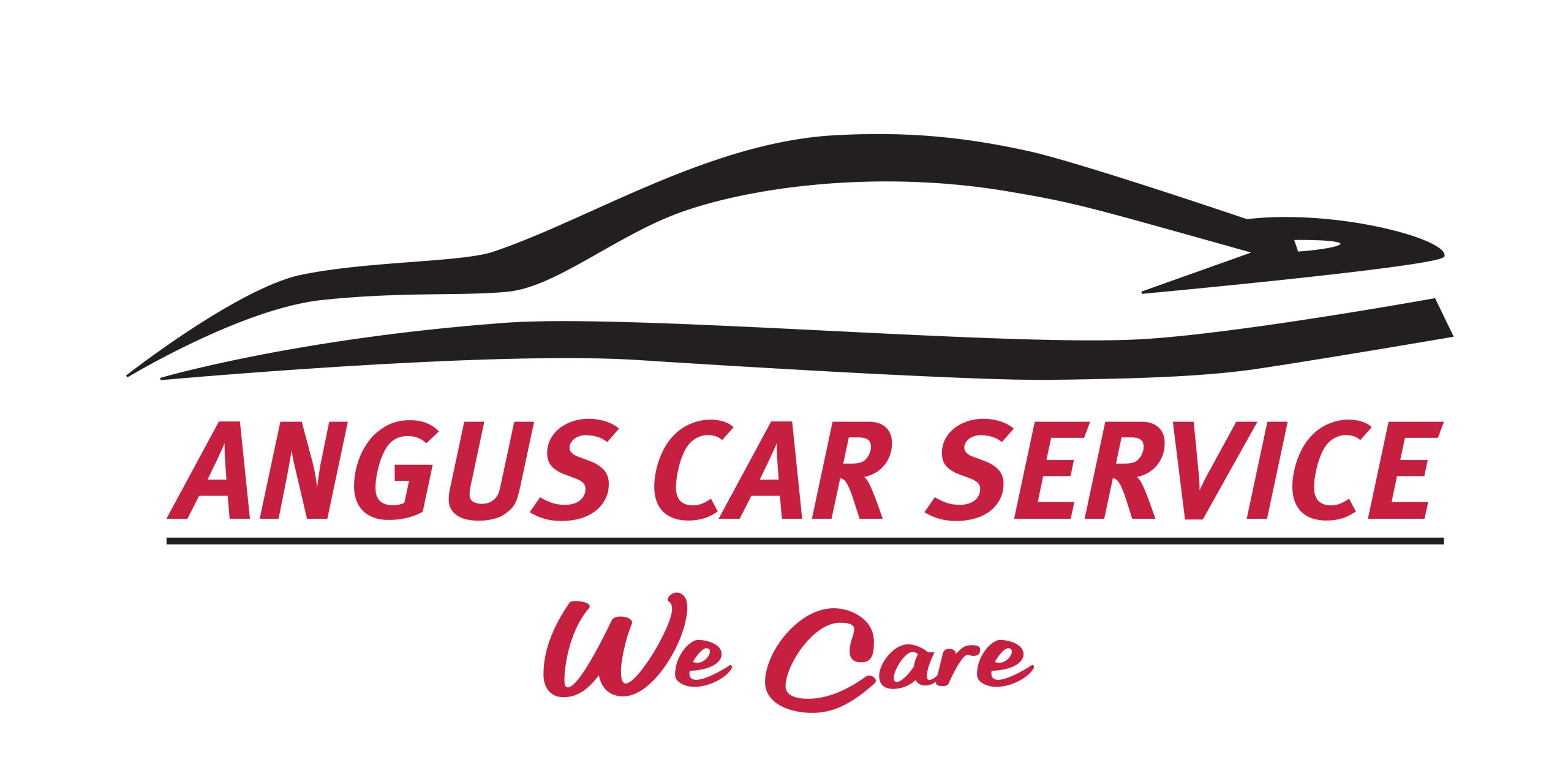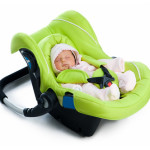Baby Seats, Safety Restraints
Baby Seats – Safety Restraints
Often called baby seats or child car seats, safety restraints are required by law for children from birth to 7 years old. For them to be effective they must be installed correctly.
The law states that
- Children younger than 6 months must be secured in a rearward facing safety restraint.
- Children aged between 6 months and 4 years must be secured in either a rear or forward facing safety restraint.
- Children aged between 4 and 7 years must be secured in a forward facing child safety restraint or booster seat.
- Children aged between 4 and 7 years cannot travel in the front seat of a vehicle unless all other back seats are occupied by children younger than 7 years in child safety restraints or booster seats.
Research shows that children properly secured in an approved safety restraint that has been correctly installed are significantly less likely to be injured or killed in a car crash. It also shows that 2 out of 3 children are not correctly restrained in some way, which may result in reduced crash protection. Children up to 7 years of age are at least 4 times more likely to sustain a head injury in a crash when using only a seat belt as compared with children in an appropriate child restraint.
Why should I use an Authorised Restraint fitting station?
The law does not state that you have to have your child’s restraint fitted by an Authorised fitting station, however you cannot put a price on the peace of mind you will gain, knowing that your child is protected with a correctly installed child restraint.
Fines and demerit points apply to drivers who fail to ensure all children are appropriately restrained in a vehicle.
All restraint fitters at Authorised Restraint fitting stations have undergone specialised training and are certified by the RTA. They can provide the following services:
- Correctly fit and install a child restraint
- Inspect and adjust your child restraint to ensure it is installed correctly
- Fit a child restraint that requires a vehicle modification
- Install additional anchorage points and other restraint devices
- Fitting of lap and lap sash seatbelts
- Provide you with a certificate stating that your safety restraint has been fitted at an Authorised fitting station
- The restraint fitter can demonstrate correct use so you can be confident in your knowledge in the future
Here at Angus Car Service we are an Authorised Fitting Station and our technician can expertly fit and provide advice about child restraints. Please call and make a booking to have your child restraint fitted on 47323 676.
FAQ’s
What should I look for when buying a child restraint?
Child restraints available in Australia must meet the Australian/New Zealand Standard 1754:2004 for Child restraint systems for use in motor vehicles.
Child restraints from overseas cannot be used as they do not comply with Australian Standards
When can I move my child to the next type of restraint?
Every child is different, so use the following as a guide. Only move your child to the next level of protection when they no longer fit in their current restraint.
From rearward facing restraint to forward facing restraint:
- When your baby is aged between 6 or 12 months (depending on the type of restraint you use) and is able to hold their head up; or
- If your restraint has shoulder marks printed or sewn on the cover, move your baby to a forward facing restraint when his/her shoulders have passed the upper marks
From forward facing restraint to booster seat: your child should be moved when:
- Their shoulders no longer fit comfortably within the restraint; or
- Their eye level is higher than the back of the restraint; or
- The top insertion slots for the shoulder straps are below the level of the child’s shoulders; or
- If your restraint has shoulder marks, move your child to a booster seat when his/her shoulders have passed the upper marks.
From a booster seat to a seatbelt: your child should be moved when:
- Their shoulders no longer fit comfortably within the restraint; or
- Their eye-level is higher than the back of the booster seat; or
- If your restraint has shoulder marks, move your child to a seatbelt when his/her shoulders have passed the upper marks
Can my child sit in the front seat?
- Children younger than four years cannot travel in the front seat of a vehicle with two or more rows of seats
- Children aged between four and seven years cannot travel in the front seat of a vehicle with two or more rows of seats unless all other back seats are occupied by children younger than seven years in a child restraint or booster seat.
- However it is strongly recommended that children always sit in the rear seat as it is safer for children
Note: Front seats do not have child restraint anchorage points supplied, so child restraints and booster seats with tether straps cannot be used in these seating positions, unless yours have had the anchorage points retro-fitted.
If the car has one row of seats (for eg: single cab ute, sports car with a front anchorage point) a child of any age can sit in the front seat provided they are properly restrained. However, most car manufacturers recommend against the use of rearward facing restraints in front passenger seats. A child in a rearward facing restraint should never be placed in the front seat of a vehicle where there is an airbag.
What if I need to travel in a taxi with my child?
In NSW, taxi drivers are required to ensure:
- All passengers younger than 12 months are secured in a child restraint
- All passengers aged over 12 months and under 16 years must:
Occupy a seating position that is fitted with a suitable seatbelt and not share a seatbelt.
- Passengers under 4 years of age must not be in the front seat
- Passengers aged between 4 and 7 years of age may sit in the front seat only if all the rear seats are occupied by passengers under 7 years old.
In NSW one in ten taxi’s carry an approved safety restraint. If you require a child restraint you should ask for one when booking the taxi, or alternatively take one with you.
Some important points to remember
- Using a restraint correctly greatly increases a child’s safety during a crash
- Placing a child in a restraint that is designed for a larger/older child increases the risk of serious injury in a crash
- Ensure the restraint is installed correctly. See a restraint fitter if in any doubt.
- Always use the top tether strap where required
- Teach your child to always keep both arms within the harness system of the child seat or the seat belt of the booster seat
- When using a seat belt with a booster, ensure the seat belt is correctly fitted over the child’s shoulder


